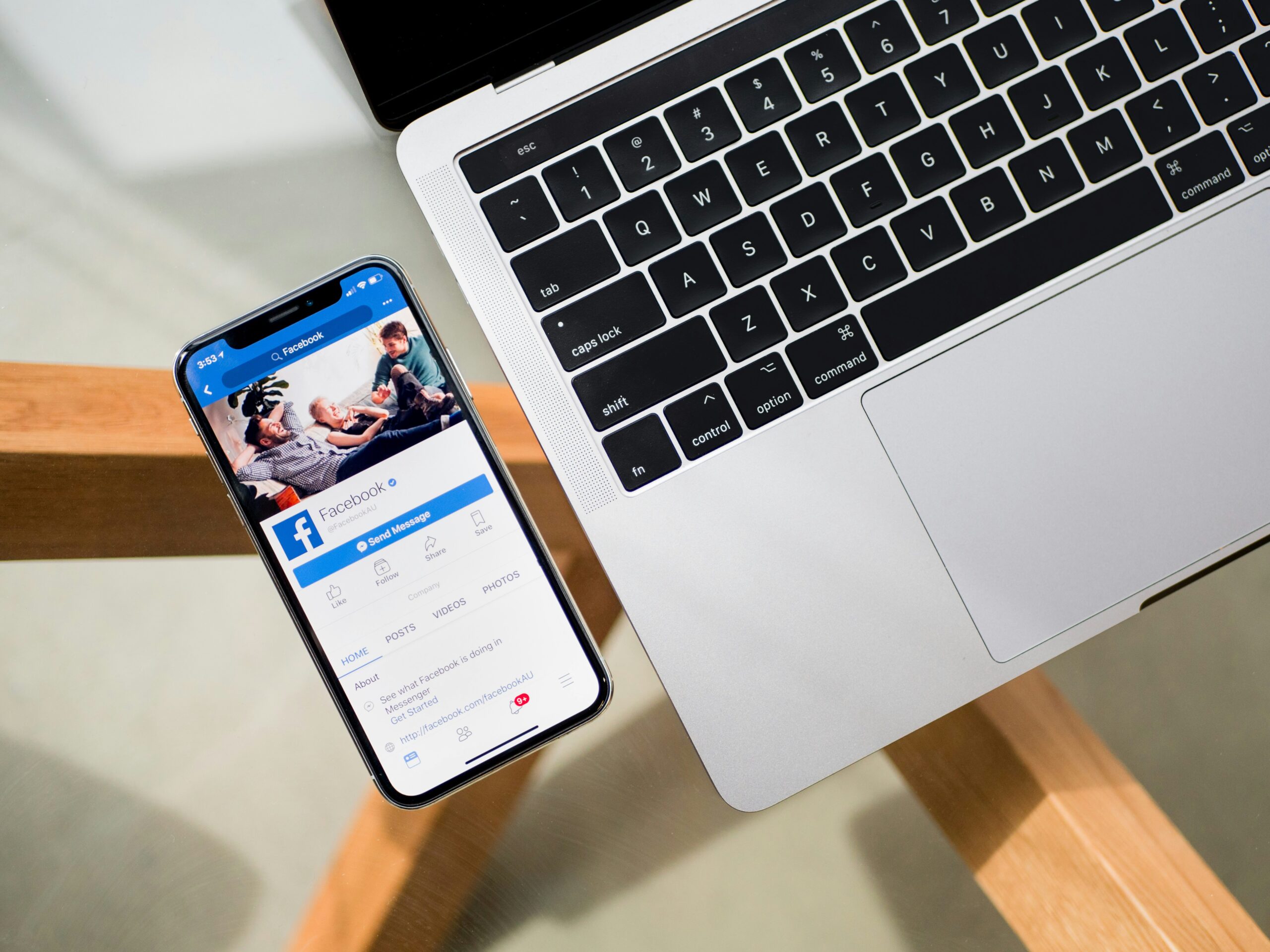
Introduction to Twitter
Launched in 2006, Twitter has become one of the most influential social media platforms worldwide. It states users able to publish short messages, known as tweets, of up to 280 characters. This limitation forces brevity and precision, making Twitter ideal for quick updates and real-time conversations.
One of the unique features of Twitter is the use of hashtags, which allow tweets to be organized around a specifically topic can be categorized and then easily found by others. This improves the findability of content and stimulates involvement around specific themes. The retweet mechanism allows users to share others' posts with their own followers, which can increase the spread of information exponentially.
The role of followers is crucial on Twitter. Users have the option to create other accounts follow, receiving continuous updates from those accounts in their timeline. This makes Twitter a powerful tool for building networks and reaching a wide audience with minimal effort. It number of followers is often seen as an indication of influence or popularity on the platform.
Twitter also offers opportunities for direct interaction between users. Using mentions and replies, users can easily communicate and start or continue conversations. Despite the limitations on message length, Twitter offers a dynamic and versatile channel for communication and news sharing.
With this basic understanding of how Twitter works and unique features, we can now delve deeper into the specific advantages and disadvantages of this globally popular platform. Twitter offers opportunities but also has challenges, depending on the perspective with which it is approached and used.
Benefits of Twitter
Twitter offers a range of benefits that make the platform attractive to both individuals and businesses. One of the most notable benefits is the ability to receive real-time news and updates. Users have instant access to current events worldwide. This aspect has made Twitter an essential information channel during emergencies and major world events. For example, studies show that during natural disasters, Twitter has been a primary source of information for many people.
Twitter offers versatile networking and marketing options for companies. The platform allows companies to communicate directly with their target group, which can strengthen customer engagement and brand loyalty. Twitter also allows companies to respond quickly to customer questions and feedback, resulting in better customer service and higher customer satisfaction. Figures show that companies active on Twitter 30% have more interaction with their target group.
In addition, Twitter acts as a bridge between celebrities and their fans. The platform allows direct and personal interaction through short messages, allowing fans themselves more feel connected to their idols. Campaigns and promotions that celebrities run on Twitter often have high engagement and are widely distributed.
Finally, Twitter has proven itself to be a powerful platform for social movements and civil rights. The hashtag feature makes it easy to start and support campaigns. From the #MeToo movement to #BlackLivesMatter, Twitter has played a vital role in raising awareness, organizing protests, and promoting social change.
In summary, Twitter offers significant benefits through real-time information provision, marketing and networking options for businesses, direct communication between celebrities and fans, and as a powerful tool for social movements. This diversity makes Twitter a versatile platform with a wide range of applications.
Disadvantages of Twitter
Despite its many advantages, Twitter also has some significant disadvantages and challenges. One of the most discussed problems is the spread of fake news and disinformation. The speed and reach of the platform allows false information and rumors to spread very quickly. This can lead to misleading the public and incorrect perceptions, calling into question the reliability of information on Twitter.
Another major drawback is the presence of online hate and trolls. The anonymity aspect of Twitter allows users to post hurtful statements and hateful comments without immediately facing consequences. This can lead to a toxic online environment where users are constantly exposed to negativity and cyberbullying.
Twitter also has a tendency to be addictive. The continuous flow of updates and the need to stay constantly informed can keep users glued to the platform. This can result in a reduction in productivity and negative effects on the daily lives of users.
In addition, there is the impact on the mental health of users. The constant exposure to the perfectly slim and successful lives of others can cause feelings of anxiety, low self-esteem and depression. This phenomenon, often referred to as “comparison culture,” is exacerbated by the often unfiltered and volatile nature of tweets.
Twitter has taken steps to address these issues. For example, they have developed algorithms to detect fake news and warn users. Increasingly stricter rules are being applied against hate speech and the abuse of the platform. However, despite these efforts, it remains a challenge to completely eliminate the negative aspects.
Conclusion and recommendations
Using Twitter offers both advantages and disadvantages that should be carefully considered by both new and experienced users. One of the main advantages of Twitter is the instant and global communication it enables. The platform allows users to quickly and easily share news and opinions and participate in real-time conversations. This allows users to stay involved with current events and trends. Additionally, Twitter provides an excellent opportunity for networking and building professional relationships.
Nevertheless, there are also significant disadvantages to using Twitter. One of the biggest disadvantages is the volatility of the information; tweets often have a short lifespan and important information can quickly be lost in the constant stream of updates. In addition, users may be exposed to unwanted content and cyberbullying. The risk of spreading misinformation is also high, given the speed at which messages are shared and repeated.
To get the most out of Twitter while minimizing the downsides, there are some key recommendations. First, it's crucial to make conscious choices in the accounts you follow; select sources that are reliable and relevant. Setting notifications for specific accounts can also help filter important information. Additionally, it's wise to spend time crafting well-thought-out tweets and staying involved in meaningful conversations without getting bogged down in arguments that lead nowhere.
Additionally, limiting time spent on Twitter can help prevent stress and information overload. Use features like lists and mutes to better manage and personalize the information you receive. It is also important to remain aware of your own privacy settings and check them regularly.
With a clear understanding of both the benefits and drawbacks of Twitter, users can develop a strategy that allows them to take advantage of the platform responsibly and effectively. By making balanced and informed choices, Twitter can be a valuable tool for communication and networking in the modern digital world.

